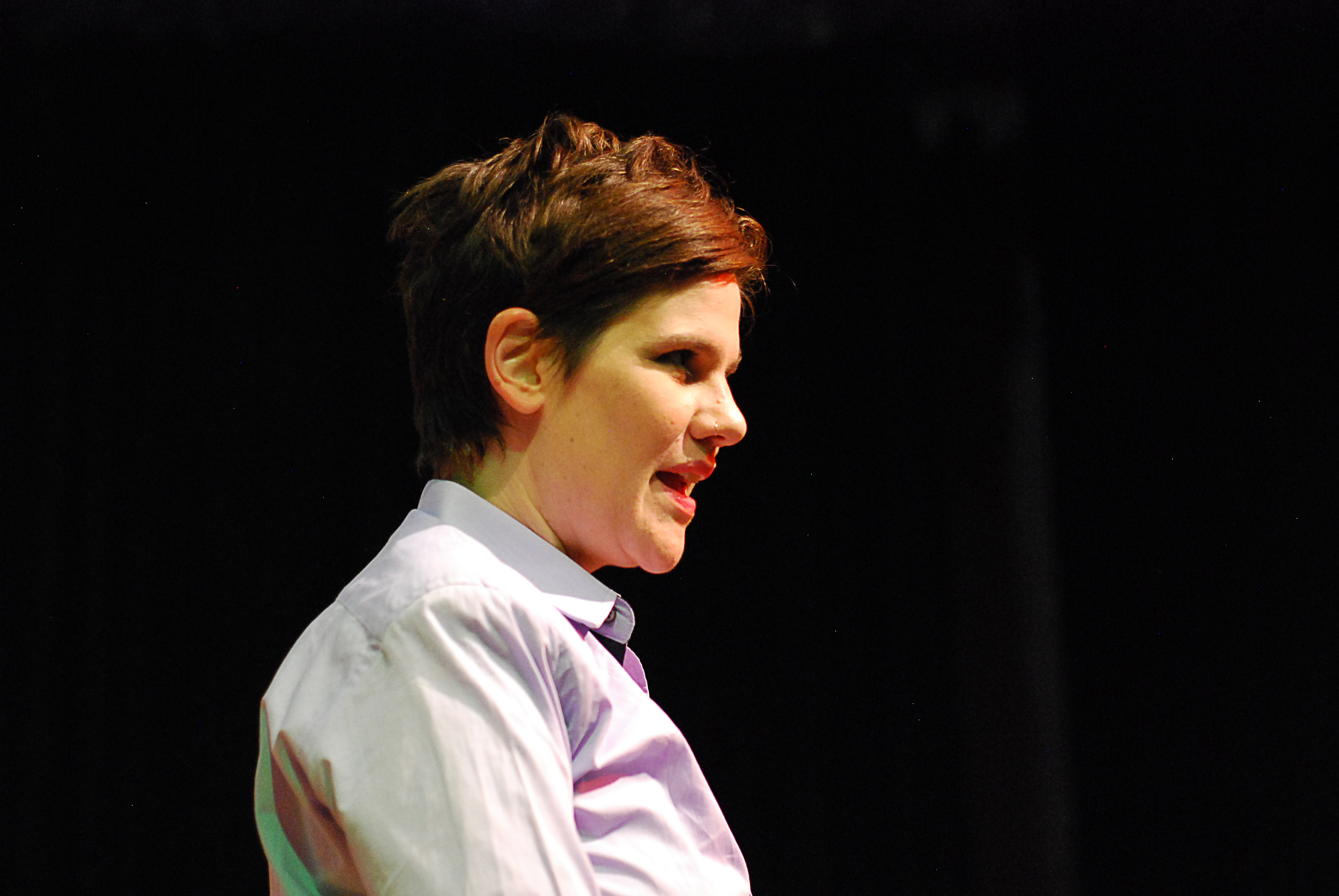Indigenous, Riverine and Quilombola Leaders for land rights and food sovereignty
- Anne Rammi

- Jul 16, 2021
- 4 min read
Updated: Apr 25, 2024
These are short stories of Flow Funding that happened across twelve different communities in the amazonian region of Brazil during the year of 2020 and early 2021, reported by Raquel, social-environmental activist specialised in indigenous rights and forest protection.
"My favourite thing as a Flow Funder was to have support to follow my heart and intuition and use this tool to rapidly respond to emergent situations." - Raquel
*João is 70-year-old unlettered community leader, born and living in a riverine village renowned for it's harmonious livelihood with the forest, in the High Tapajós region. He has already received several death threats and leads the fight against invaders, especially illegal miners, together with the Munduruku Indigenous leaders. I was willing to support him somehow when he told me he was having difficulty seeing. He needed surgery in both eyes, and no other funding, even the ones supporting his Association in its struggle against deforestation, could cover that. We were able to offer new eyes to this forest defender! We ensured that a man who fought for the Amazon his entire life continues to see and stand for community and forest rights!
Ana* is a quilombola leader in her region. Graduated in history, she focuses her work as a teacher in the community and her activism around traditional culture. She asked for support and used the money to promote the Black Conscience Day, November 20th, buying the necessary equipment to gather children and elders around their traditional culture on that date.
Paulo* is an enthusiastic young quilombola who leads a agroforestry project that aims to self-sustain his community and his family by Trombetas River. He Received funds to go to Santarém, the biggest city near Oriximiná, where he could find tree seedlings to plant in his agroforestry.
Oriximiná is an extensive and isolated municipality in the Amazon region of Pará. With 107,603 km2 it is larger than Portugal. About 10,000 quilombolas and 3,500 Indigenous of different peoples live there, occupying 12 territories.
The municipality of Oriximiná is still largely covered by very preserved forests and has a low population density (0.4 inhabitants/km²). This scenario has favored, until today, the protection of indigenous and quilombola territories. However, the advancing occupation of this region of the Amazon makes indigenous and quilombola lands increasingly vulnerable to a series of threats, such as mineral exploration and plans to build hydroelectric dams.
Since 1989, the Pro-Indian Commission of São Paulo has been a partner of the quilombolas of Oriximiná in the struggle to guarantee their rights and in efforts to consolidate their organizations. Since 2012, through the support of the indigenous-quilombola alliance in Oriximiná, the Pro-Indian Commission also acts to ensure the effectiveness of the rights of indigenous peoples in the region in partnership with the Iepé Indigenous Research and Training Institute.
Learn here who they are, how they live, and the main struggles of the quilombola and indigenous peoples in Oriximiná. - From Comissão Pró Índio
In 2020 the state of Amapá went through a severe crisis with the pandemics and a blackout that lasted fo almost a month. Bete* got in touch when her community had completed one week without energy. Before the blackout, they were already suffering from a lack of water supply. She used the money to buy water and hypochlorite for her community.
Vila do Curiaú is a traditional community located eight kilometers from the city of Macapá, the capital of Amapá, where 489 remnant families of quilombolas still keep in their memory the history of their ancestors, be it through the well-told stories of the old residents, the religious festivals, or the sound of the marabaixo drums, the rhythm used by slaves to ease their suffering in the holds of slave ships and considered the greatest cultural expression of Amapa. - From Amazônia Real
This is a fantastic young indigenous leader, grandson of yet another worldwide renowned leader, leading several activism initiatives at the local, national, and international levels. He decided to use his talent as a singer/musician to spread the word about his fight and learn more about communications, especially how to make good videos so that the message of the Kayapó can reach more people. His funding was used to buy the necessary material to record his songs and work in videos in his community.

Simone* is one of the indigenous head leaders struggling for women's rights in Brazil. She coordinates and works on several fronts to strengthen them. With the resources, her organisation supported five different communities with food supply and the necessary means to do their plantations and build medicine houses, such as tools and training.
Leila* used the support to distribute among different indigenous communities in Terra Indígena do Xingu tapioca flour and supply to guarantee their manioc production for next season, their most important subsistence food. Because of covid, their food production from past season was affected, and a significant gap in their food sovereignty happened. This acceptor lost both her uncle and mother to Covid.
Lilo Clareto was one of the most influential photographers in the Amazon region. Based in Altamira, his work was fundamental to document and denounce the abuses of Belo Monte in the area. Unfortunately, Lilo got covid in March. Ironically, because of a blackout caused by Belo Monte's lack of support to Altamira, the hospital went out of power, and the machines that were keeping him alive stopped working. He was urgently transferred to São Paulo by ICU plane. The transfer costs over R$100.000,00, and friends and family pitched in to make this possible. Sadly, even with all the support, Lilo didn't make it and died on April 21st.
* Names have been changed to preserve the identity of acceptors









